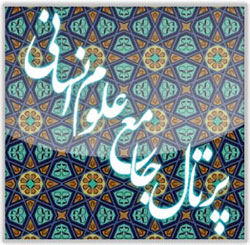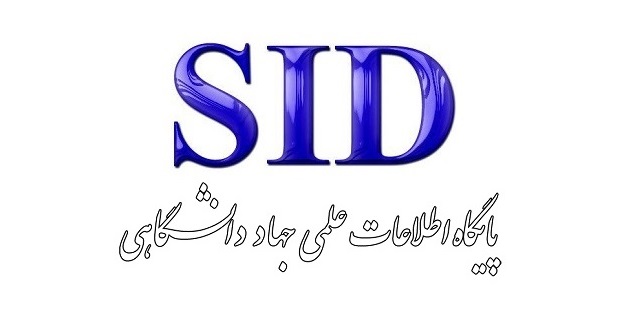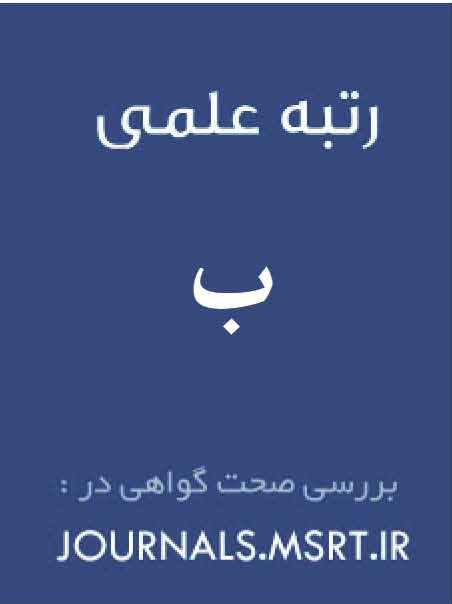The Authority of the Apparent Meanings of the Qur’an and Sunnah in the Principles of Jurisprudence: A Comparative Analysis with Advanced Concepts of Modern Hermeneutics
Keywords:
Authenticity of appearances, Book and tradition, Modern hermeneutics, Dynamic interpretation, Traditional rulesAbstract
This study aims to conduct a comparative examination of the authority of the apparent meanings (ẓawāhir) of the Qur’an and Sunnah in the principles of jurisprudence (uṣūl al-fiqh) with advanced concepts of modern hermeneutics. Employing an analytical–argumentative method, the research analyzes the points of convergence, divergences, and practical applications of these two domains. Among the commonalities, the alignment of rules of verbal indication and contextual evidence in uṣūl al-fiqh with hermeneutics’ emphasis on historical context and textual clues (such as the interpretation of Qur’an 2:185), as well as the role of the dialectic between text and reader, is particularly notable. However, fundamental differences include the stability-oriented framework of uṣūl al-fiqh, which underscores the intent of the author (God or the Prophet), in contrast to the dynamism and multiplicity of meanings in hermeneutics, with historical horizons posing challenges to the authority of apparent meanings. Practical applications include the use of Jauss’s (1982) concept of the “horizon of expectation” to refine contextual evidence, the application of Iser’s (1978) notion of the reader’s active role in interpretation while maintaining the framework of authority, and the proposal of an integrative model combining dynamic interpretation with traditional rules that can contribute to dynamic ijtihād in contemporary issues such as biotechnology and the environment. Challenges and limitations—including the tension between the stability of rulings and multiplicity of meanings, the influence of globalization and cultural pluralism on the acceptance of hermeneutical approaches, and the necessity of preserving religious authenticity—are addressed through strategies such as integrative frameworks, jurisprudential oversight, and interdisciplinary education. Recent findings, drawing on advances in neo-hermeneutics and new comparative data from studies in Al-Azhar and Tehran, highlight the potential of integration for a deeper understanding of religious texts. The conclusion indicates that hermeneutics, while preserving the authority of apparent meanings and consensus, can enrich the understanding of texts and respond to contemporary needs, provided that frameworks are designed to ensure a balance between innovation and tradition.
Downloads
References
Azad, A. (2017). Comparative Study of Foundations of Quran Interpretation Methods and Classical Hermeneuticists' Perspectives University of Tehran].
Derrida, J. (2023). Of Grammatology. Johns Hopkins University Press.
Gadamer, H. G. (2004). Truth and Method. Continuum.
Hassani, H. (2014). Determining the Meaning of Text from the Perspective of Hermeneutics and Principles of Jurisprudence. Quarterly Journal of Jurisprudence and Principles of Jurisprudence Research, 2(4), 45-67.
Iser, W. (1978). The Act of Reading: A Theory of Aesthetic Response. Johns Hopkins University Press. https://doi.org/10.56021/9780801821011
Jauss, H. R. (1982). Toward an Aesthetic of Reception. University of Minnesota Press.
Mokhtari, M. H. (2013). Comparative Reading of Emilio Betti's Four Hermeneutic Laws with Some Principles of Islamic Jurisprudence. Biannual Journal of Interpretation of Divine Texts, 1(2), 23-39.
Motahari, M. (1999). Principles of Jurisprudence. Sadra Publications.
Palmer, R. E. (1969). Hermeneutics: Interpretation Theory in Schleiermacher, Dilthey, Heidegger, and Gadamer. Northwestern University Press.
Ricœur, P. (1981). Hermeneutics and the Human Sciences: Essays on Language, Action and Interpretation. Cambridge University Press.
Sobhani, J. (2011). Mabani al-Usul. Imam Sadiq (AS) Institute.
Downloads
Published
Submitted
Revised
Accepted
Issue
Section
License
Copyright (c) 2025 رحمت موسیوند (نویسنده); عبدالوحید وفایی; عبدالرضا جمالزاده (نویسنده)

This work is licensed under a Creative Commons Attribution-NonCommercial 4.0 International License.









